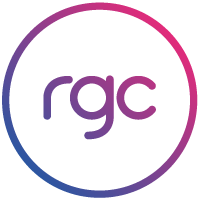The extraordinary growth of podcasting in recent years has many executives and brands wondering how they can jump on the bandwagon and integrate the channel into their own marketing mix.
Developing your own podcast is not as simple as attaching a microphone to your phone and having a chat with some of your friends. Success requires a sophisticated strategy, a clear plan on your positioning and content and a high level of technical expertise to record, edit, and publish your podcast.
Here are some of the most important things to consider if you are planning to create your own podcast.
1. Define Your Concept and Niche
The first step in creating a podcast is defining your topic, audience, and unique perspective. Narrow your focus by choosing a specific niche that excites you and fits your expertise or interests. Podcasting in a defined niche will help attract listeners looking for specific information or entertainment. Research similar podcasts to identify what makes them popular, but ensure your approach is distinct to create a standout experience.
2. Plan and Structure Your Content
Podcast episodes typically follow a consistent structure. This might include segments like intros, main topics, interviews, and outros. Plan your format in advance—whether it’s a solo monologue, co-hosted conversation, or guest interviews—and keep it consistent for a professional feel. Draft episode outlines to keep discussions on track and engaging, but avoid overly scripted episodes to keep conversations natural. Decide on the length; most episodes fall between 20 and 60 minutes, depending on your audience’s preferences.
3. Invest in Quality Recording
Good audio quality is essential, and a high level of technical capability is important to ensure your recording is of the highest standard. At a minimum, invest in a reliable microphone, headphones, and a pop filter to reduce background noise. Additionally, choose a quiet recording space and use software like Audacity or GarageBand to edit and enhance your audio.
4. Choose Hosting and Distribution Platforms
To get your podcast on platforms like Apple Podcasts, Spotify, and Google Podcasts, you need a podcast hosting provider. Popular choices include Buzzsprout, Podbean, and Anchor, which offer features like easy distribution, analytics, and monetization options. Once you’ve set up your hosting, submit your podcast’s RSS feed to major podcast directories, so it’s accessible to a broad audience.
5. Develop a Marketing Strategy
Promoting your podcast is key to growing your audience. Leverage social media platforms, including Instagram, Twitter, and LinkedIn, to create an online presence. Post episode highlights, behind-the-scenes content, and shareable graphics to engage potential listeners. You might also consider a simple website or blog to host show notes, episode transcripts, and contact information. Collaborating with other podcasters, guesting on similar shows, and encouraging listener reviews are other effective strategies for exposure.
6. Engage and Adapt Based on Feedback
As you release episodes, gather feedback from listeners to refine and improve your content. Pay attention to listener reviews, social media comments, and analytics to see what topics and formats resonate best. Don’t be afraid to experiment—if a particular style or theme gets positive feedback, incorporate it more frequently. Building a community around your podcast by interacting with listeners can turn casual followers into loyal fans.
Final Thoughts
Starting a podcast involves upfront effort, but with consistency, it can be incredibly fulfilling. Remember to stay patient; building an audience takes time. With passion, planning, and persistence, you can grow your podcast into a successful platform that resonates with listeners.


